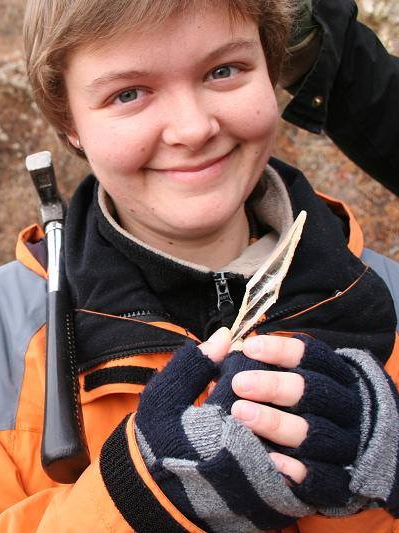Home / Research with students /
11/07/2016
Induced phytoextraction of heavy metals Cd(II), Cu(II), Zn(II) from contaminated soils
Scientific advisor: Szende Tonk, PhD, assistant professor
Student: Katalin Magyarosi

Due to intensification of industrial activities and technological development, the increasing heavy metal pollution of the environment represents a significant challenge. This pollution endangers the environment not only from a human-hygienic point of view but also regarding the soil life, is a threat to the flora and the fauna, and in indirect way, to human life itself.
Several studies showed how plants absorb and accumulate heavy metals from their environment. One of the soil remediation methods is phytoremediation, a method which uses plants as means of accumulating heavy metals from soils. The best known method in the frames of phytoremediation is phytoextraction, which makes use of the hyperaccumulating properties of plants for soil remediation. The so-called hyperaccumulator plants are those which possess heavy metal absorbing and accumulating abilities far beyond the average. The metal accumulation of plants can be aided by soil-applied chelating agents which change the composition of the inner coordination of the metal ions making them easier to be absorbed. Such a chelating agent is the ethylene-diamine-tetraacetic acid (EDTA). Metal accumulation is species-dependent, and hyperaccumulating conditions are different for various types of heavy metals.
Our study addressed the issues of natural and induced phytoextraction, specifically the induced phytoextraction investigated with the help of artificially polluted maize (Zea mays) as test plant. As a result, in the case of the three types of heavy metals used in our experiment (Cd2+, Cu2+, Zn2+), we were able to point out a significant metal accumulation in this plant. Our results also sustain the complexing functions of EDTA and show that the metal absorbing capacities of the plant increased when EDTA was added to the heavy metal solution. As a general result we may conclude that maize is not only a useful plant in bioremediation, but also one which can be used with significant success in the phytoextraction of heavy metals from soils.











